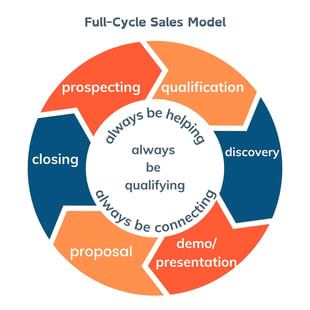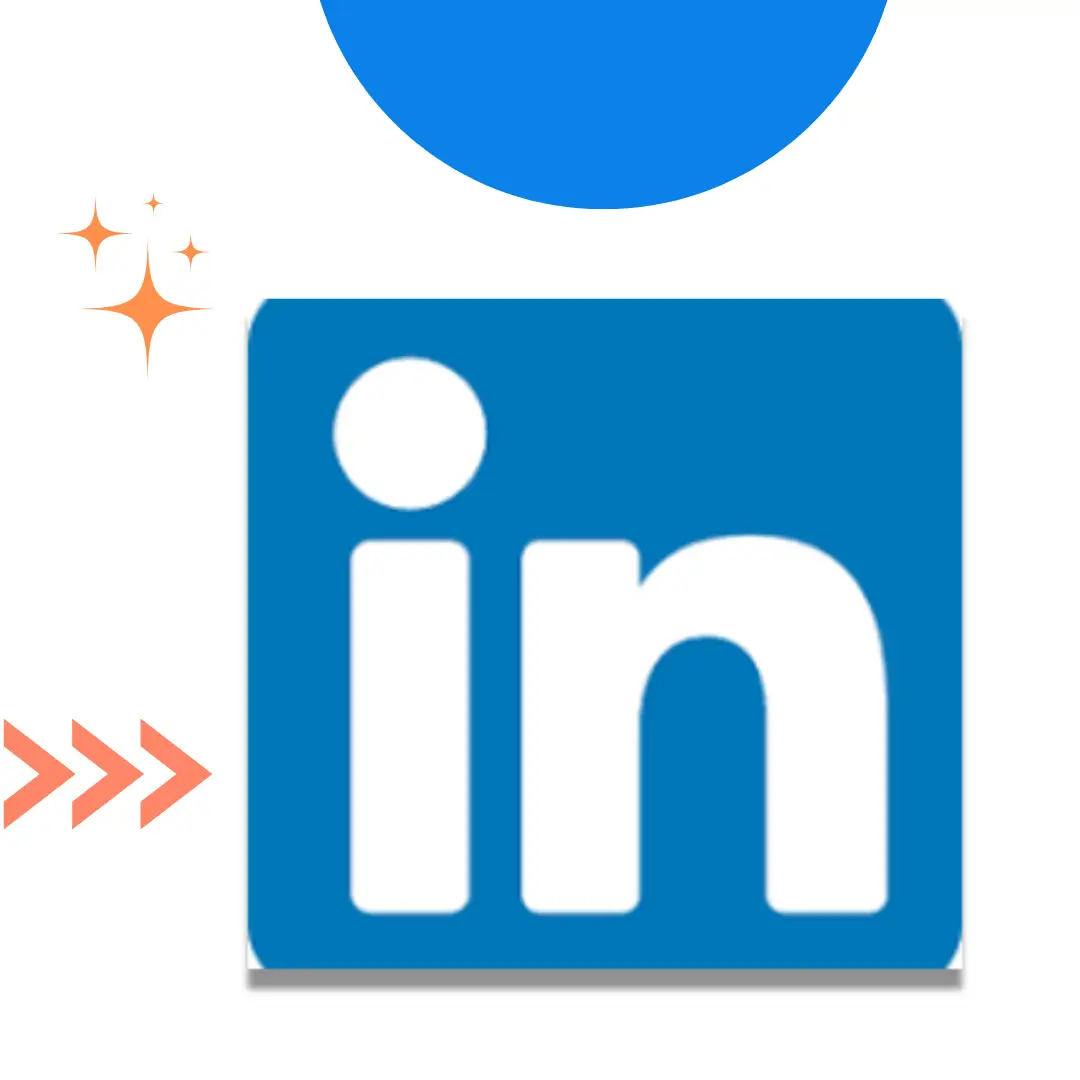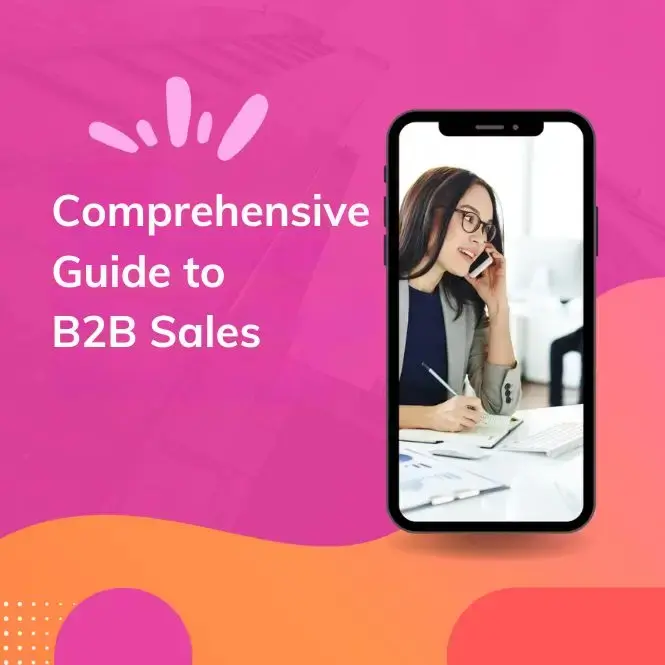How LinkedIn automation tools maximise early sales funnel engagement
Discover how LinkedIn automation can transform your early funnel engagement strategy and drive LinkedIn lead generation for your business.

Check out our easy-to-follow guide to understand each stage of the sales cycle
First things first.....
Building awareness is the foundation stage and involves attracting potential customers to your business. This can be done through various marketing strategies such as advertising, social media campaigns, and content marketing. The goal is to make your target audience aware of your products or services and generate interest in what you have to offer.
 By creating compelling and engaging content, you can capture their attention and make them curious about your offerings. Building awareness sets the foundation for the rest of the sales cycle.
By creating compelling and engaging content, you can capture their attention and make them curious about your offerings. Building awareness sets the foundation for the rest of the sales cycle.
There is more than one sales model and in this article, we focus on the full-cycle sales model as illustrated here.
During this stage, it's important to identify your target market and understand their needs and preferences. Your Ideal Customer Profile (ICP) will be a valuable tool. To get started, look at the characteristics of your past customers and then dive into some online detective work.
Set up Google alerts for headlines about companies or individuals that resemble your existing customers. Read up on the latest news in trade publications about target industries. And don't forget to spend time on LinkedIn and research relevant industry keywords. All of these tactics will help you gain clarity on your ideal customer profile, where to find them and challenges they are facing.

Once you have attracted potential customers and completed initial research, the next stage is to generate interest and engage with them. This involves educating prospects about the benefits and value of your products or services. By providing relevant information and addressing their pain points, you can build trust and credibility.
During this stage, it's important to listen to your prospects and understand their specific needs and challenges. By tailoring your messaging and offering personalised solutions, you can demonstrate that you understand their unique requirements and what their challenges are. This helps in building a stronger connection and increasing their interest in your offerings.
Sales qualification involves assessing leads to determine their probability of converting into customers.
Qualification is a critical aspect of any successful sales process. It establishes criteria that must be consistently enforced, enabling your sales team to determine whether a sales opportunity is worth investing time and resources into. But why is qualification so important? Well, it's important to both the buyer and the seller for several reasons:
For the buyer, qualification optimises their use of time by ensuring they focus on solutions that truly align with their needs. It helps them define the problem they are trying to solve and provides a clear path to securing executive buy-in for funding the solution they choose.
For the seller, qualification optimises the use of their time as well. By qualifying leads, they can prioritise their efforts and focus on opportunities that have the potential to generate revenue. It also helps them identify any problems or challenges within the opportunity, allowing them to address them proactively. Additionally, qualification provides clarity for the next steps in the sales process and eliminates any surprises that may arise along the way.
The next stage of the sales cycle is Discovery where you evaluate needs and, you focus on understanding your customer's requirements. This involves conducting thorough research and asking the right questions to gather relevant information about their pain points, goals, and desired outcomes.
By understanding your customer's needs, you can identify the best solutions that align with their goals. This stage requires active listening, empathy, and effective communication. By demonstrating that you truly understand their requirements, you can position yourself as a trusted advisor and increase the likelihood of closing the deal.
Once you have a clear understanding of your customer's needs, it's time to demo or present tailored solutions. This involves showcasing your products or services and explaining how they can address the customer's pain points and help them achieve their desired outcomes.
A sales demo, either in-person or remotely, can be the perfect way to show prospects why your business exists and is thriving. These tips will increase your success:
During this stage, it's important to highlight the unique features and benefits of your offerings. You should also provide evidence such as case studies, testimonials, or demonstrations to support your claims. By presenting compelling solutions, you can create a sense of urgency and motivate the customer to take action.
Your proposal pulls together everything in a single document your champion will use to socialise the solution so it needs to clearly convey value. Proposals should include at least the following aspects:
1) Executive Summary- This is a single-page summary of the problem, solution and ROI and should be pitched to the CEO.
2) Problem recap- This is your understanding of the challenge your solution solves and should include paragraphs on politics, process, technology and ROI.
3) How your solution meets the challenges- This is a voiceover of how the solution, your company, your research & development team, customer support and service in total will solve the challenge once and for all.
4) Value statements, ROI and pricing- This section details the investment required to achieve the value. It should be detailed and designed to reduce 'sticker shock' by breaking out 'options'. Onboarding, implementation and system integration prices should be subjected to a fixed price scoping exercise to determine the final price.
5) Appendices- Everything outside these four including draft Project Plans should be in the Appendix as should the Terms & Conditions under which the offer is made.
The final stage of the sales cycle is closing the deal. This involves finalising the terms, negotiating the price, and addressing any remaining objections or concerns the customer may have.
During this stage, it's crucial to maintain open lines of communication and provide exceptional customer service. By addressing any hesitations or doubts, you can instil confidence in the customer and overcome any final obstacles or objections. Once all the terms are agreed upon, it's time to seal the deal and celebrate the successful sale, all while being mindful of the need for post-sale account management, asking for referrals and the ever-present task of prospecting for new business, keeping momentum in the sales cycle!
Why not join us at SpokeSpeak? - a Sales and HubSpot focussed community that's open to HubSpot enthusiasts, experts and newbies as well as those of you who are simply Hub-curious 🤔
Check out the next episode at SpokeSpeak.com
Aligning your sales process with the buyer's journey
Why sales teams are switching to HubSpot

Discover how LinkedIn automation can transform your early funnel engagement strategy and drive LinkedIn lead generation for your business.

Successful outbound...

1 min read
To run your B2B business effectively, expand it and ensure its longevity, it's essential to take control of your lead generation and sales activities.